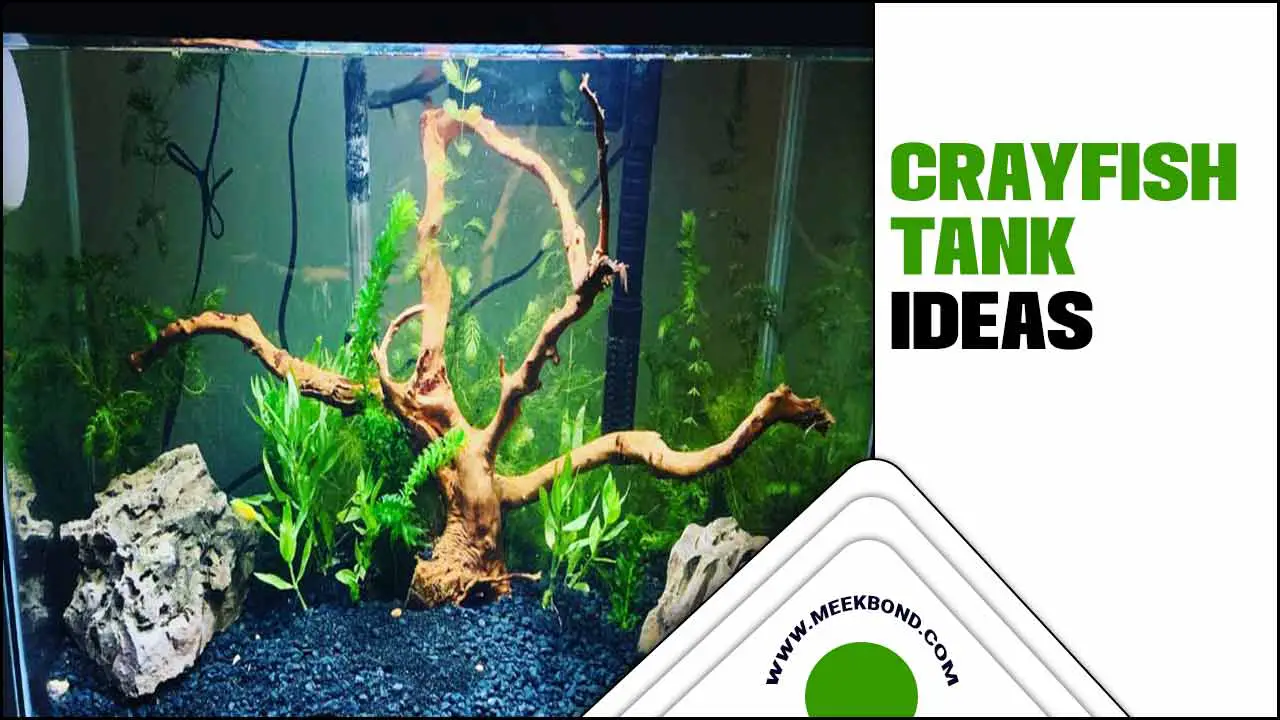Lymphocystis is a viral disease that commonly affects betta fish, characterized by the presence of white or pinkish bumps on their body and fins. Unfortunately, this infection has no known cure, but it typically resolves on its own over time.
To prevent and manage Lymphocystis, keeping the water clean and minimizing any stressors in the fish’s environment is essential. Additionally, avoiding overcrowding and ensuring that the fish have a healthy diet can also aid in preventing this viral infection from spreading.
Here we will delve into the symptoms of Betta lymphocystis in detail so you can catch it early and take prompt action. Keep reading to learn more about how to keep your little underwater friend healthy and strong.
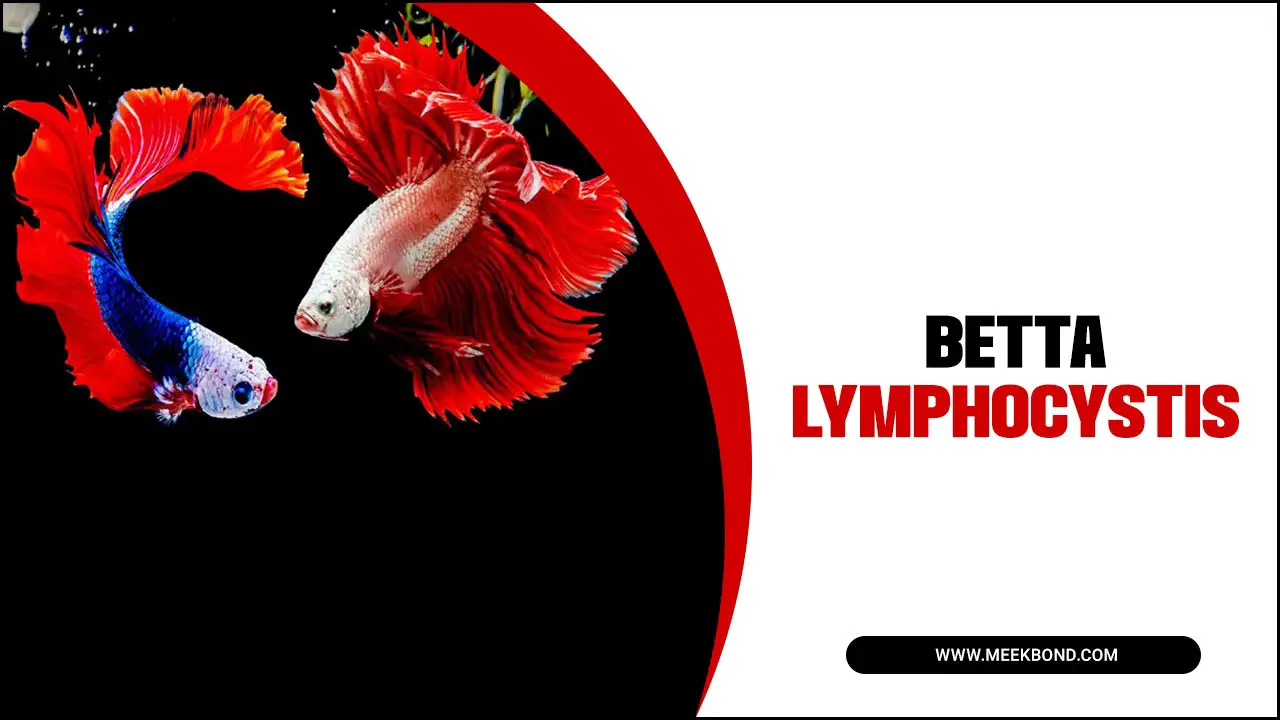
Symptoms Of Betta Lymphocystis
Symptoms of Betta ymphocystis include white or pink growths on the fins or body, swollen or misshapen fins, lack of appetite, and lethargy. Treatment options include isolating the infected fish, using antifungal medication, and maintaining clean water.
It’s important to note that poor water quality and nutrition can cause Betta lymphocystis, which may be accompanied by other issues such as fungal infections, parasites, and bacterial infections. Recognizing the symptoms and seeking appropriate treatment is crucial for betta fish owners.
Swelling Of The Fish’s Body
Noticeable swelling is a symptom of Betta-lymphocystis in fish. Also, swelling can occur in various areas, such as the fins, tail, and body, presenting as fluid-filled cysts. In some cases, these cysts may rupture and release pus or fluid. To address this symptom, isolate the infected fish to prevent the spreading of the infection.
Maintain clean water conditions in the aquarium by regularly changing water, monitoring quality parameters, and creating a healthy environment for the fish. If needed, administer medication to treat the infection. Recognizing and addressing swelling is crucial for managing Betta-lymphocystis and improving the chances of recovery for affected betta fish.
Diminishing Appetite
Betta fish affected by Lymphocystis may experience a decline in their appetite or may even refuse to eat altogether. This decrease in food intake can be attributed to the physical discomfort caused by the growths within the fish’s mouth. This diminishing appetite can lead to malnutrition and health complications if left untreated.
To ensure the well-being of your Betta, it is crucial to closely monitor their eating habits and seek appropriate treatment if the symptoms persist. Some treatment options to address this issue are quarantine, medication, and maintaining a clean and healthy tank environment. You can help your Betta regain their appetite and overall health by providing the necessary care and attention.
Difficulty Breathing
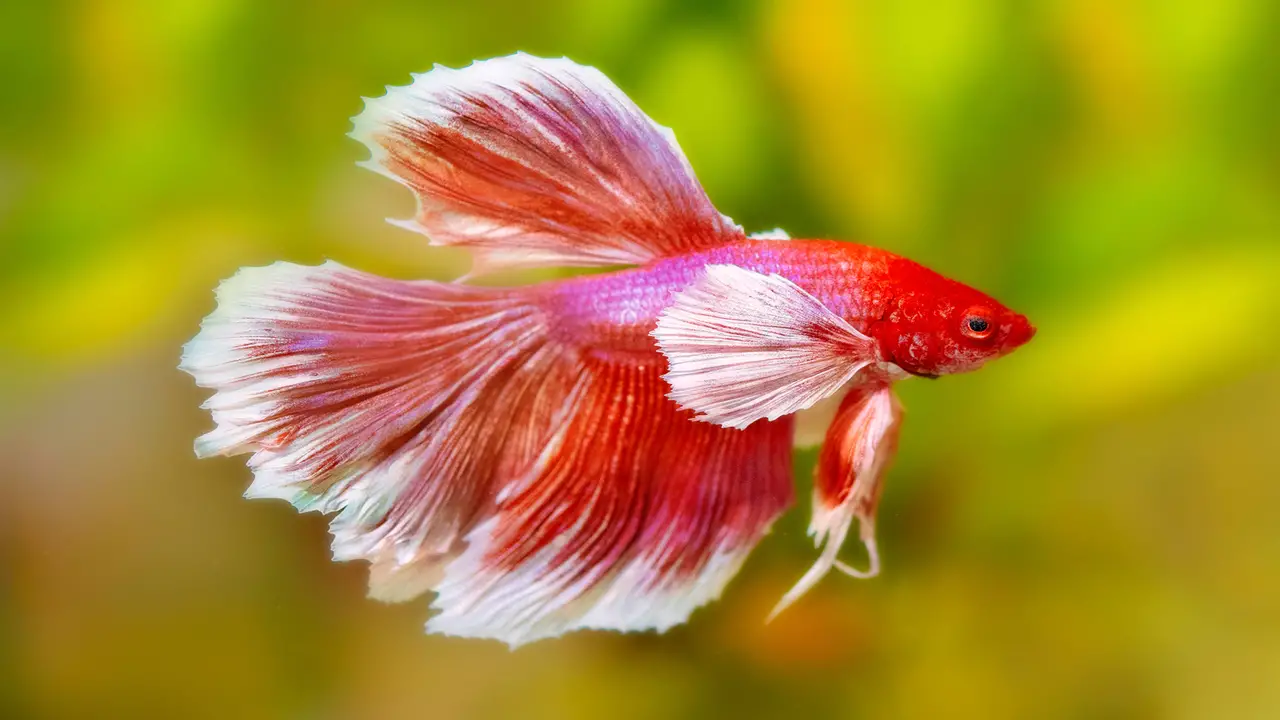
Betta-lymphocystis often presents with difficulty breathing, a common symptom observed in infected betta fish. You may notice your fish gasping for air or struggling to breathe, indicating respiratory distress. Rapid gill movement and wheezing noises are also potential respiratory symptoms. If you observe any of these signs, you must seek treatment from a veterinarian or aquatic specialist promptly.
The severity of the infection will determine the appropriate course of action, which may involve antibiotics or surgery. Treatments can address the underlying cause of the infection and help alleviate the discomfort experienced by the fish. Remember to prioritize the well-being of your betta fish by seeking professional advice when observing any respiratory difficulties.
White Patches On The Fish’s Body
Betta-lymphocystis is characterized by white patches on the fish’s body, which can be raised bumps or cauliflower-like growths. While not life-threatening, it can be uncomfortable and unsightly for the fish. To treat it, maintain clean water conditions and provide a nutritious diet.
Clean water reduces the risk of infections, while a balanced diet supports the immune system and overall health. In severe cases, medication may be necessary. Following these treatments promotes the fish’s well-being and reduces white patches.
Red Patches On The Fish’s Body
Red patches on a fish’s body can be an early symptom of Betta-lymphocystis. These patches may appear raised and swollen and fluffy or cotton-like. They can occur anywhere on the body, including the fins and tail. Promptly addressing these red patches is important to prevent complications.
Treatment options for Betta-lymphocystis vary based on the severity of the infection. Salt baths can help alleviate discomfort. Antibiotics may be prescribed to combat the infection and promote healing. Maintaining clean water conditions is crucial to prevent disease spread and support recovery.
Identifying and addressing red patches on your betta fish’s body ensures the proper treatment for Betta-lymphocystis and the well-being of your aquatic companion. Consult with a veterinarian or aquatic specialist for accurate diagnosis and treatment guidance.
Treatments For Betta-Lymphocystis
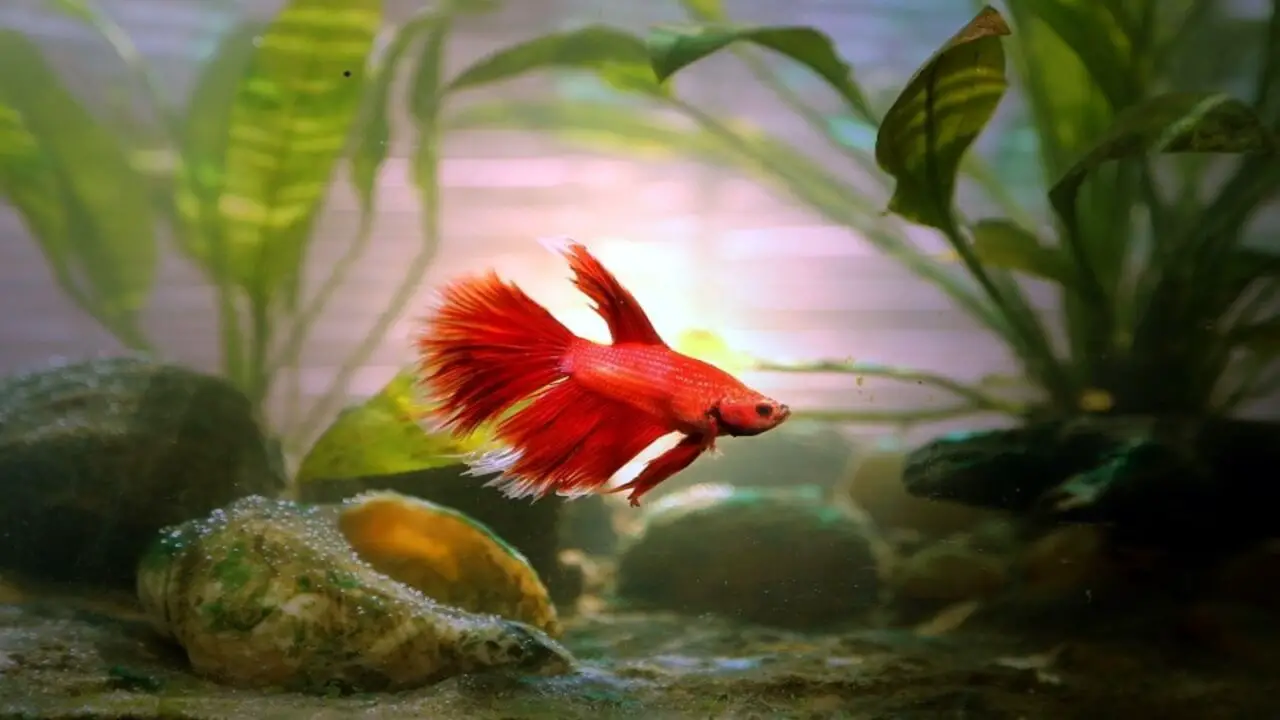
Treating Betta-lymphocystis is important for the health and well-being of betta fish. Betta-lymphocystis, also known as lymphocystis disease, is a viral infection that affects the skin and fins of betta fish. It presents as small white or pinkish growths on the fish’s body, which can cause discomfort and hinder their ability to swim and eat. Maintain their overall health. To treat Betta-lymphocystis, follow these steps:
- Isolate the infected fish to prevent the infection from spreading.
- Use aquarium salt baths to reduce inflammation and promote healing. Dissolve aquarium salt in fresh water according to the recommended dosage and place the fish in the solution for a short period of time. Follow instructions carefully.
- In severe cases, medication may be necessary. Administer antibiotics orally or add them directly to the water.
- Prevent future infections by maintaining good water quality and quarantining new fish before introducing them to existing tanks.
Consult a vet or experienced fish keeper for personalized advice on treating Betta-lymphocystis.
Treatment Of The Fish With Antibiotics
Using antibiotics can effectively treat Betta-lymphocystis if caught early. It’s important to consult a veterinarian or experienced fish keeper for guidance on proper dosing and administration. In some cases, infected fish may need to be removed from the tank to prevent further spread.
Combining antibiotic treatment with water changes and tank maintenance is crucial for optimal results, creating a healthy environment for the fish to heal. Remember, environmental factors like poor water quality or nutrition cause Betta-lymphocystis. Using antibiotics alongside proper care can increase the chances of treating the infection and restoring your Betta fish’s health.
Treatment Of The Fish With Virus-Freezing Agents
Treating Betta-lymphocystis can be challenging due to the virus’s persistence. However, effective treatments are available using virus-freezing agents like liquid nitrogen or dimethyl sulfoxide. The process involves immersing the infected fish in the agent and thawing it before returning it to the aquarium. Close monitoring is crucial to prevent reinfection and observe any changes in behavior or appearance. Treating Betta-lymphocystis requires patience, attention to detail, and close monitoring for optimal health.
Treatment Of The Fish With Protein Supplements
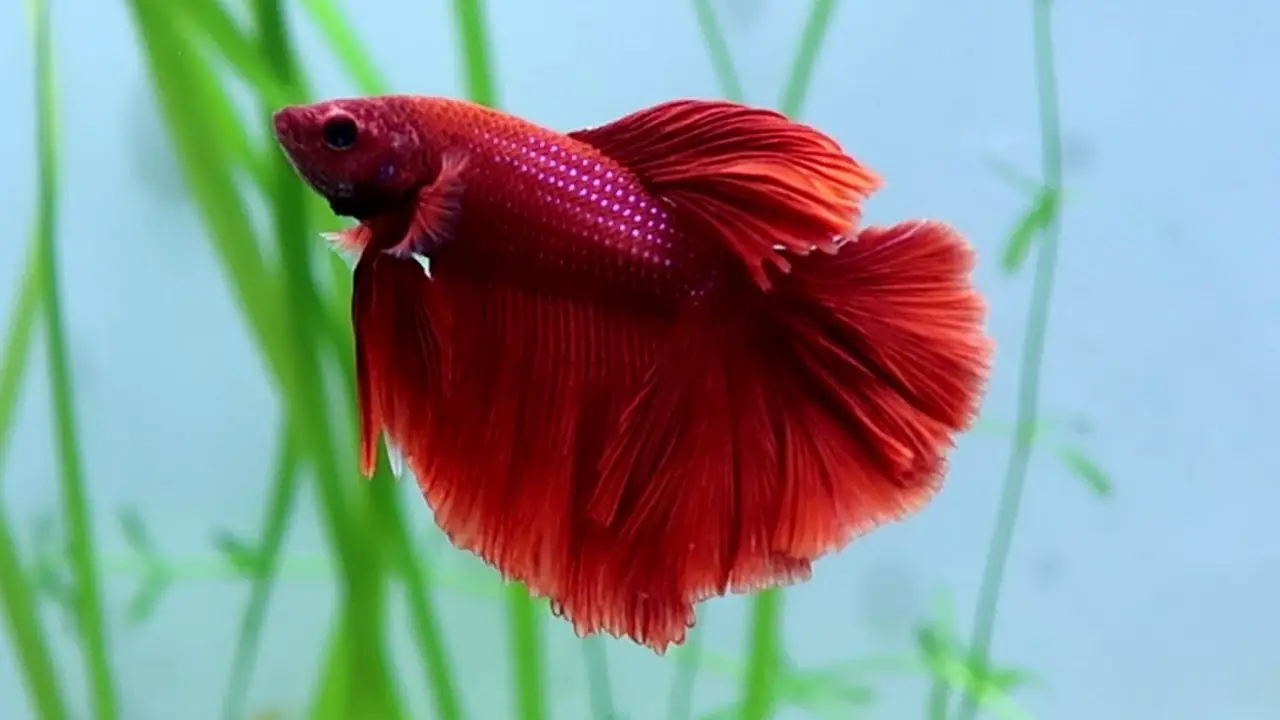
Boosting the fish’s immune system and aiding in recovery from Betta-lymphocystis can be achieved through the use of protein supplements. These supplements can be administered by incorporating high-protein foods like bloodworms or brine shrimp into the fish’s daily feeding regimen.
It is essential to seek guidance from a veterinarian or fish expert when using protein supplements to treat Betta-lymphocystis. Additionally, a balanced diet that includes vitamins and minerals is crucial for the overall health and recovery of the fish. The fish’s immune system can be strengthened by providing protein supplements and ensuring a nutritious diet to combat viral infection.
Treatment With Antiviral Medications
Antiviral medications like acyclovir and interferon play a crucial role in treating Betta-lymphocystis. They target the virus responsible for the infection, reducing symptoms and providing relief. It’s important to note that veterinary guidance is necessary when using antiviral medications.
While there is no known cure for Betta-lymphocystis, antiviral medications can greatly improve the fish’s condition and overall well-being. Follow the recommended dosage and duration of medication for effectiveness. Additionally, maintaining water quality and providing proper nutrition aid in recovery.
Treatment With Corticosteroids
Corticosteroids are commonly used to treat Betta-lymphocystis by reducing inflammation and swelling. This helps alleviate symptoms and improve the fish’s overall health. However, prolonged use can have side effects, so consult a veterinarian or experienced fish keeper for proper administration. Corticosteroids can be effective, but professional guidance is essential to avoid complications.
Treatment With Radiation Therapy

Radiation therapy, an effective treatment option for Betta-lymphocystis, involves exposing the infected area to ionizing radiation. Specifically designed for betta fish, this therapy aims to kill the virus causing the disease. Administered by a veterinarian or a trained fish care professional, radiation therapy can be highly beneficial in combating Betta-lymphocystis.
The success rate of this treatment varies depending on the severity and stage of the disease. It is crucial to consult with a professional and discuss all available treatment options before deciding. By exploring radiation therapy as a potential solution, betta fish owners can take proactive steps toward the well-being of their beloved pets.
Conclusion
It is crucial to be aware of the symptoms of Betta-lymphocystis and seek appropriate treatment. Swelling of the fish’s body, diminishing appetite, difficulty breathing, and white patches and red patches on the fish’s body all indicate this condition. General treatment options include antibiotics, virus-freezing agents, and protein supplements.
Treatments like radiation therapy or corticosteroids may be necessary in severe cases. Remember, early detection and prompt treatment can greatly improve the chances of recovery for your Betta fish. If you notice any of these symptoms, consult a veterinarian experienced in fish health to determine the best course of action for your beloved pet.
Frequently Asked Questions
Can Betta Fish Recover From Lymphocystis?
Betta fish have the potential to recover from lymphocystis with proper care and treatment. This viral infection causes raised growths in their bodies. Maintaining clean water conditions and using antiviral medication can help in the recovery process.
What Is The Cause Of Lymphocystis Disease?
Lymphocystis disease in fish, including betta fish, is caused by a virus that leads to growths or nodules on their skin and fins. The virus can spread through direct contact with infected fish or contaminated water.
What Is The Medication For Lymphocystis?
While there is no specific medication for Betta-lymphocystis, maintaining a clean tank and providing a healthy diet can boost the fish’s immune system. Some hobbyists have had success with antibiotics and antifungal medications.
Is There A Cure For Betta-Lymphocystis?
Unfortunately, there is currently no known cure for betta-lymphocystis. However, early detection and treatment can help manage the symptoms. Improving water quality, administering antibiotics, and providing a healthy diet and environment can all effectively minimize this disease’s impact.
Should I Be Worried About Getting It?
Lymphocystis in betta fish is not contagious to humans, so there’s no need to worry about getting it. However, if your betta shows symptoms like white or pink growths on their body or fins, they should be isolated and treated.

Aquarium passion is all about connecting with the aquatic life and providing education to the public on the importance of these creatures. We showcase a wide variety of marine life through our exhibits as well as working with schools to provide unique learning opportunities for students of all ages.


